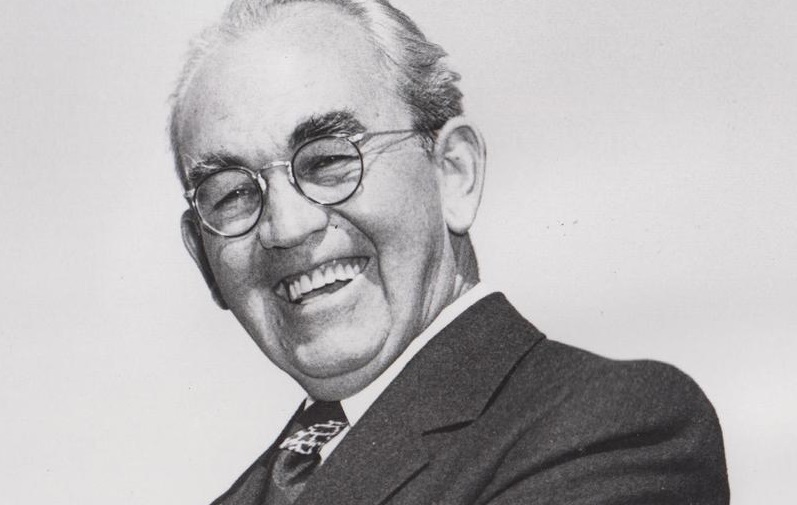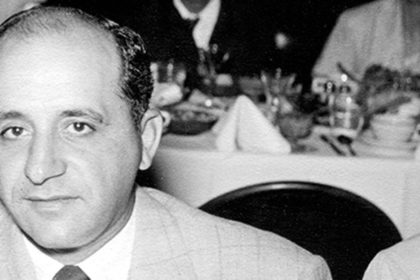Thomas Joseph “Tom” Mooney was an American political activist and labor leader, who was convicted with Warren K. Billings of the San Francisco Preparedness Day Bombing of 1916. Believed by many to have been wrongly convicted of a crime he didn’t commit, Mooney served 22 years in prison before finally being pardoned in 1939. Take a look below for 25 more interesting and strange facts about Thomas Mooney.
1. The son of Irish immigrants, Mooney was born in Chicago, Illinois, on December 8, 1882.
2. His father, Bernard, had been a coal miner and a militant organizer for the Knights of Labor in struggles so intense that after one fight he was left for dead.
3. His father died of “miner’s con”, now known as silicosis, at the age of 36, when Tom, the eldest of three surviving children, was ten years old.
4. Tom’s sister, Anna, told neighbors that the family had originated in Holyoke, Massachusetts, not Chicago.
5. Mooney held many jobs as an industrial worker before developing a career as a labor leader and socialist activist.
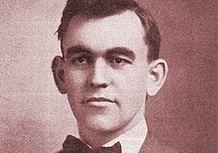
6. As a young man, Mooney toured Europe, where he learned about socialism.
7. After arriving in California, he met his wife Rena, and found a place in the Socialist Part of America and the presidential campaign of Eugene V. Debs.
8. In 1910, Mooney won a trip to the Second International Conference in Copenhagen by selling a huge number of subscriptions to the socialist Wilshire Magazine.
9. On his way home, he visited the British Trades Union Congress in Sheffield, England.
10. Mooney settled in San Francisco, where he briefly became a member of the Industrial Workers of the World before resigning from that organization.
11. Over the next few years, Mooney became friendly with some of IWW’s leading figures, such as William “Bill” Haywood, Mary “Mother” Jones and Elizabeth Gurley Flynn.
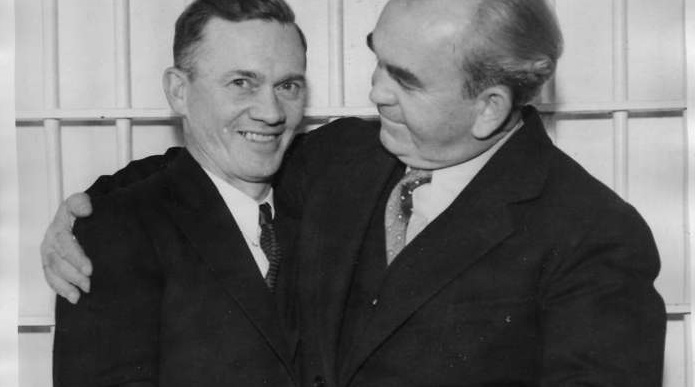
12. He married Rena Hermann in 1911, and became the publisher of “The Revolt,” a socialist newspaper in San Francisco.
13. The paper was a modest success, with a circulation of 1,500 readers.
14. Mooney later ran for sheriff as the Socialist Party of American candidate.
15. Mooney was later arrested and tried three times but never convicted of a charge of transporting explosives for the purpose of blowing up power transmission lines during a Pacific Gas and Electric strike in 1913.
16. He was well known as a militant, socialist, and a suspected dynamiter.
17. He was tried and convicted for the Preparedness Day bombing, July 22, 1916, in San Francisco. The bomb exploded at Steuart and Market Street near the Embarcadero.
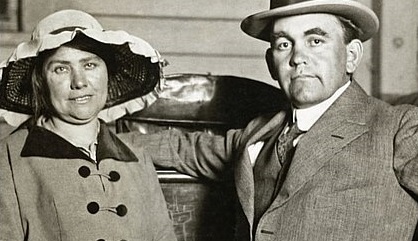
18. Mooney had been tipped off to threats that preceded the parade and pushed resolutions through his union, the Iron Molders, and the San Francisco Central Labor Council and the Building Trades Council warning that agents provocateurs might attempt to blacken the labor movement by causing a disturbance at the parade.
19. Ten deaths and forty injuries resulted from the explosion in the midst of the Preparedness Day parade. The bombing took place at the height of anarchist violence in the United States, especially the Galleanist anarcho-communist movement of Luigi Galleani.
20. Mooney, his wife Rena, and two associates, Warren K. Billings and jitney driver Israel Weinberg, were arrested.
21. In 1918, Mooney’s sentence was changed to life imprisonment, the same as Billings. Mooney, prisoner No. 31921, quickly became one of the most famous political prisoners in America.
22. A worldwide campaign to free Mooney followed. During that time, his wife Rena, Bulletin editor Fremont Older, anarchists Alexander Berkman and Emma Goldman, heiress Aline Barnsdall, Hollywood celebrities, international politicians, and many other well-known people campaigned for his release.
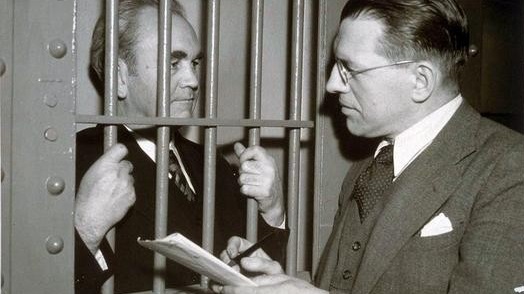
23. During his time at San Quentin, Mooney was a high dependable orderly in the prison hospital. Dorothea Lange went to the prison to photograph him, and one of the photographs she took was used in a poster published by the Tom Mooney Defense Committee.
24. In 1931, New York City Mayor Jimmy Walker made a solidarity visit to Tom’s sister Anna’s house in San Francisco’s Mission District.
25. Mooney was pardoned in 1939 by liberal Democratic Governor Culbert Olson. The Sunday after his release, he visited the grave of his mother, one of his greatest supporters, on Mount Tamalpais in Marin County.

